Beaches are usually a sort of visual chaos. There’s sand, surf, and the sun. But there are also rocks and tidal pools. More often than not, it’s easier to create a photograph that resonates when you simplify the composition. But how do you simplify such a scene? The answer is to use a mix of foreground and background elements that create a three dimensional effect. Ross Hoddinott explains:
Stepping Stones
A few interesting elements in the foreground work as stepping stones into the shot. A sort of visual guide or leading line, so to say, which leads the viewer into a shot. Hoddinott’s choice of foreground elements echoes this simple yet powerful compositional technique.
This also creates depth in an image—elements that allow the viewer’s eyes to wander and explore. If there is nothing in the foreground, the eyes will not explore. With elements both in the foreground (the rocks) and the background (the horizon line), there’s something to explore across the photograph.
Shooting Distance and Perspective
The shooting distance (camera to foreground object) is critical here. If the foreground object is too close, such as when shooting with a wide angle lens from up close, it becomes dominant. Hoddinott wants the foreground elements to be a stepping stone and not the actual focal point of the photos.
The Rule of Odds
An odd number of elements tends to attract the viewer’s eyes more than an even number.
Leading Lines
Leading lines make a composition more impactful by drawing the viewer’s eyes into a shot. There are any number of possible elements that you can use to create a leading line. Hoddinott chooses to use rock formations on the beach.
What was missing, however, was water movement. Once he set up his shot, he waited for the tide to set in so that he could capture that motion and create a more compelling photograph.
Focusing Point
A lot of times amateur landscape photographers aren’t sure where to focus. They set their camera to the smallest workable aperture, set infinity focus, and fire away. That’s one way of getting a large depth of field—not the most accurate way, though. A better (rough and ready) way is to focus one-third into the frame.
Another method is to use the ‘double distance’ technique. This involves locating your closest point and then focusing double the distance to that point. You have to eyeball the focusing point using both of these methods. You may want to use live-view while zooming in electronically to lock focus.
Let us know how these techniques work for you!
Like This Article?
Don't Miss The Next One!
Join over 100,000 photographers of all experience levels who receive our free photography tips and articles to stay current:
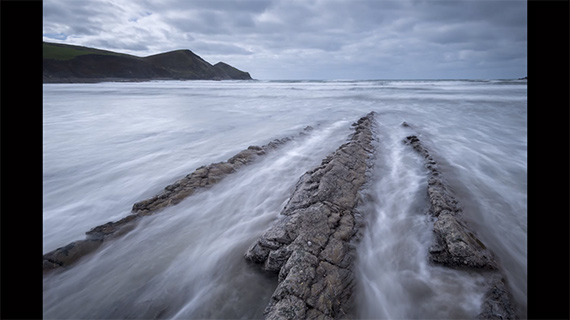
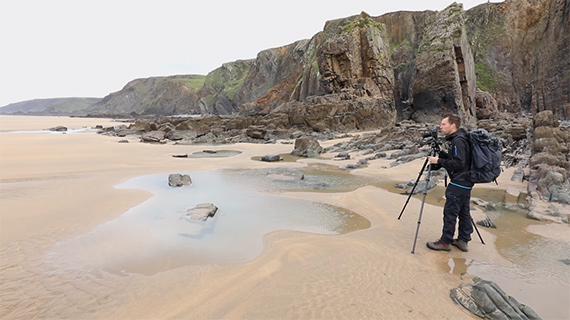
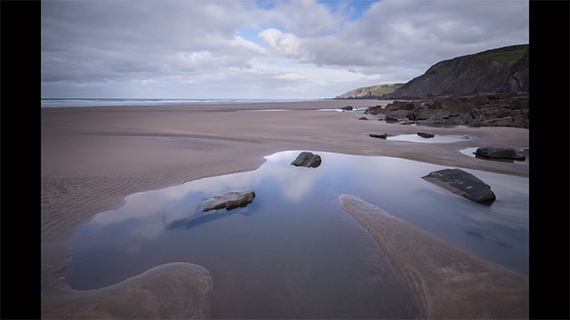
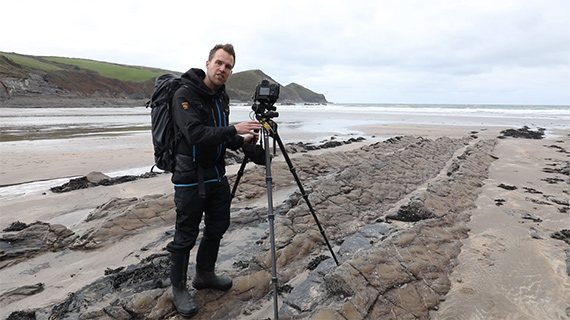
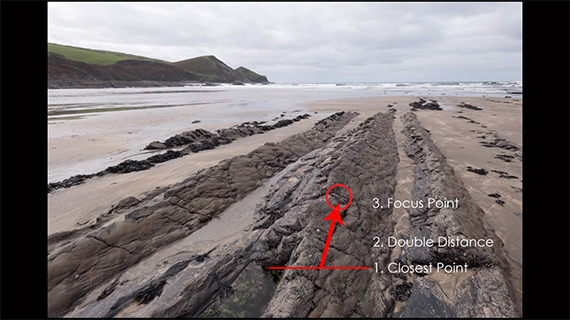
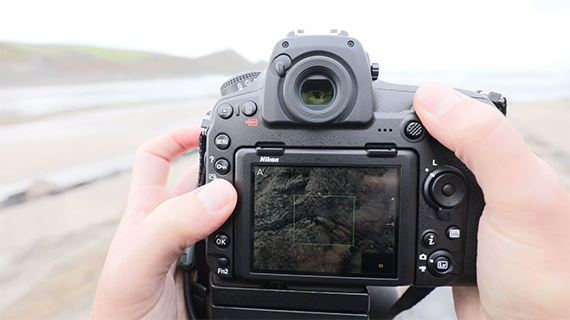






Leave a Reply